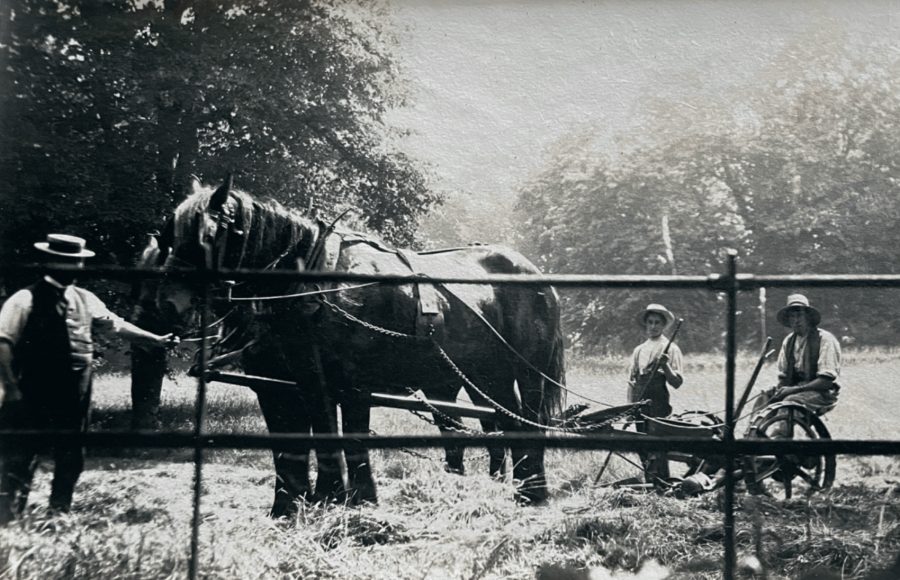Agricultural journalist, smallholder and Editor of Ferguson Heritage Magazine, Jane Brooks, joins us for her regular look at the world of agricultural machinery, with risk assessment under the spotlight …
A few weeks ago, I found myself standing in one of our field gateways wondering if I could actually stop around 200 marauding sheep from getting through it, as our local College staff had, in their wisdom, decided that the students might benefit from driving the flock up the road from some grazing around two miles away.
It didn’t end well, the sheep managed to get through a hedge, well wouldn’t you if a flock of rather enticing ladies were just the other side of an electric fence and all you needed to do was charge thought it. Well at least that’s probably the thought that went through the small group of rams that the students were running along the road alongside their field of ewes.
Unfortunately, the sheep in the field, all of them ewes, some of which were in lamb, belonged to our friends who had been grazing them on our fields for a few weeks, needless to say the result was chaos. It was quite obvious the majority of the students had little experience with stock and the whole exercise ended with our friends getting most of their sheep, which would follow a bucket into a barn, alongside a small number of the college’s 150 or so less than docile woollybacks.
TWILIGHT WALK
As it was getting dark, water, hay and some barricades were hastily gathered to keep the sheep in the barn, captive and content for the night. As for the rest of the college sheep, well they were driven out back on to the road and on a twilight walk to the college. In fact, my friend and I followed along in my truck as they, together with an ever-increasing number of students learning on the job, so to speak, were herded back to the college and the sheep deposited into a barn for the night.
I really do wonder about the decision-making process that led to sheep being walked, run or whatever, a good couple of miles from a field and down a busy road on a Friday afternoon in late December. No doubt their method statement and risk assessment would make interesting reading, if I was to ever see it.
As for the ground, by the time a couple of tractors, a loader, a quad bike, a posse of students running in all directions, not to mention sheep, a sheep dog, trailer of hurdles and a bloke no-one seemed to know had finished it was a rutted quagmire, luckily our friend’s sheep seemed none the worse for it, although with two aged pet ewes amongst them there was some concern for a few days.
RISK ASSESSMENT
It’s a business’ responsibility to ensure risk assessments are completed. Method statements are not a legal requirement, but important none the less. Smallholding and farming are high risk industries and each day we face many and varied hazards which unfortunately present opportunities for accidents and incidents.
Picture caption: Whether you are working with animals or machinery, smallholding and farming has always been high risk.
This article extract was taken from the March 2024 edition of The Country Smallholder. To read the article in full, and learn more from Jane about risk assessment, you can buy the issue here.
To receive regular copies of The Country Smallholder magazine featuring more articles like this, subscribe here.
For FREE updates from the world of smallholding, sign up for The Country Smallholder newsletter here.








